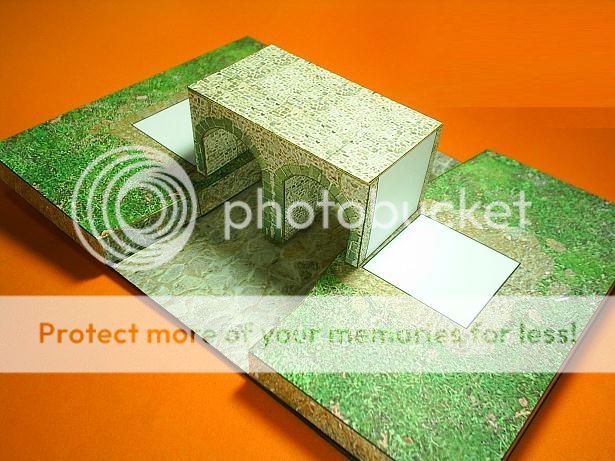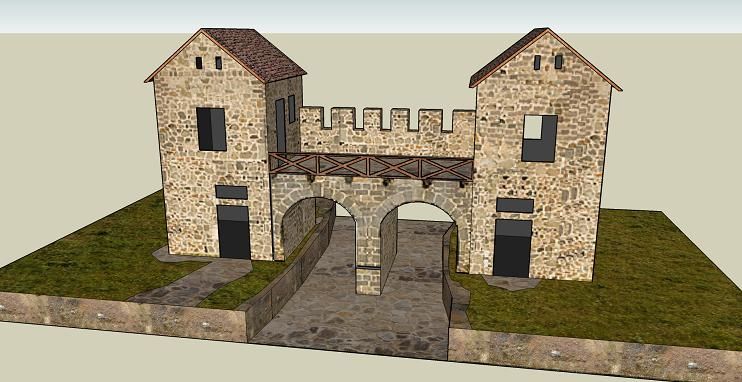Saturday, January 7, 2012
Chinese Buses Paper Models - by C H Garage - Ônibus Chineses
I`m not sure, but I think these nice and easy-to-build Chinese buses are in 1/72 scale.
Eu não tenho certeza, mas me parece que estes ônibus chineses bem legais e fáceis de montar estão em escala 1/72.
Link: Chinese.Buses.Paper.Models.by.C.H.Garage
More Buses and Vehicles related posts:
Old Bus to Nowhere - by Papermau - Ônibus Para Lugar Nenhum
Japanese Buses And Cabs - by Ibukikobo - Ônibus E Táxis Japoneses
Itapemirim MB O-355 Brazilian Bus - by RonaldoM - Õnibus Itapemirim
Marcadores:
car,
chinese,
download,
papercraft,
papermodel,
vehicle
Legionary And Centurion Helmets - by Grundschulmaterial Online - Elmos de Legionário E Centurião
| Roman Legionaries |
On the march in unfriendly terrain, the legionary would be loaded down with armour commonly (lorica hamata), (lorica squamata), and 1st-3rd century (lorica segmentata), shield (scutum), helmet (galea), two javelins (one heavy pilum and one light verutum), a short sword (gladius), a dagger (pugio), a pair of heavy sandals (caligae), a sarcina (marching pack), about fourteen days worth of food, a waterskin (bladder for water), cooking equipment, two stakes (sudes murale) for the construction of palisades, and a shovel or wicker basket. The Roman soldier underwent especially rigorous training; discipline was the base of the army's success, and the soldiers were relentlessly and constantly trained with weapons and especially with drill — forced marches with full load and in tight formation were frequent. Discipline was important and infractions were heavily punished by the centurions. However, honours, rewards and promotions were frequently awarded to legionaries who distinguished themselves in battle or through exemplary service. - Wikipedia
| Centurion and Legionary |
| The Real Things - Legionary and Centurion Helmets - Replicas |
Link: Legionary.And.Centurion.Helmets.by.Grundschulmaterial.Online
More Roman related posts:
Roman Villa - by Armada Models - Vila Romana
Apartment Building in Ostia, Rome - by Grundschul Material Online
Roman Castrum In Romania - by Papermau - Assembling - Part 1
Marcadores:
ancient,
download,
history,
italian,
military,
papercraft,
papermodel,
roman,
romanian
Scarlet Sisters Paper Dolls Anime Style - by Seesaa
Two perfect little paper dolls by japanese designer Seesaa.
Duas bonequinhas de papel perfeitas do designer japonês Seesaa.
Link: Scarlet.Sisters.Paper.Dolls.Anime.Style.by.Seesaa
More Paper Dolls related posts:
Sukumizu Paper Doll Anime Style - by Moekami
Tibitita Paper Doll Anime Style - by Moekami
Maid Doll Anime Style - by Moekami - Boneca Estilo Anime
Marcadores:
anime,
download,
japanese,
paper doll,
papercraft,
papermodel
Britsh Nuclear Powerplant - by Colin Tucker - Usina Nuclear Inglesa
Scale model of Sizewell B - These simple scale models of Sizewell B power station are constructed from around 70 pieces, which can be printed on A4 card. The model is available in two sizes: 1:800 scale and 1/1600 scale. - Colin Tucker
Usina Nuclear de Sizewell B - Estes modelos em escala simples da Usina Inglesa de Sizewell B, são compostos por mais ou menos 70 peças, que podem ser impressas em folhas de papel A4 (sulfite). O modelo está disponível em dois tamanhos: escala 1/800 e escala 1/1600.
Link: Britsh.Nuclear.Powerplant.by.Colin.Tucker
More Britsh Architecture and Building related posts:
Shakespeare Globe Theatre - by Paper Toys.Com
Hamlet Medieval Village - by Alternate Realms - Vilarejo Medieval
Semi-Detached Britsh House - by Armada Models - Casa Inglesa
Marcadores:
architecture,
british,
building,
download,
english,
papercraft,
papermodel
Friday, January 6, 2012
Roman Castrum In Romania - by Papermau - Assembling - Part 1
Here is the first part of the assembling of Roman Castrum in Romania. I search at net and saw this model is also known as Porta Praetoria.
Eis aqui a primeira parte da montagem do Roman Castrum in Romania, ou Castrum Romano na Romênia. Dei uma busca na nete e vi que este modelo também é conhecido como Porta Praetoria.
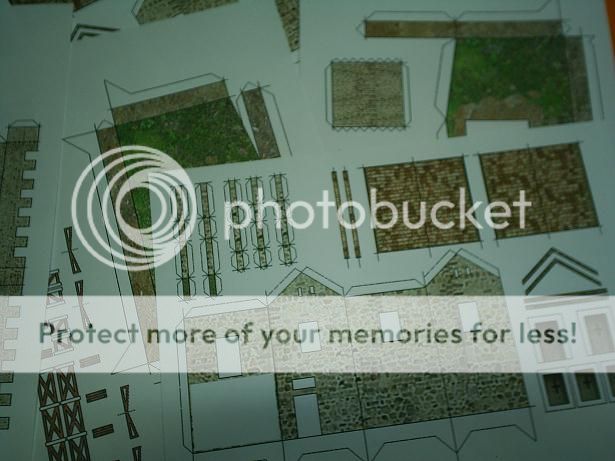 |
| The First Print |
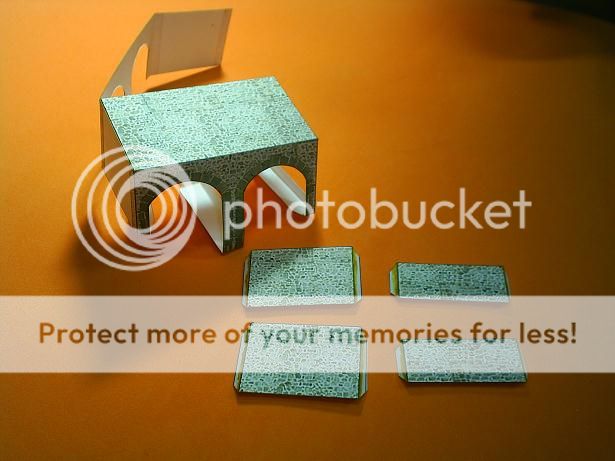
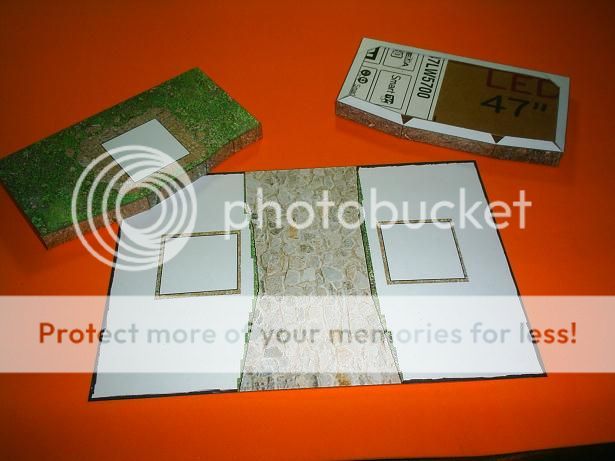
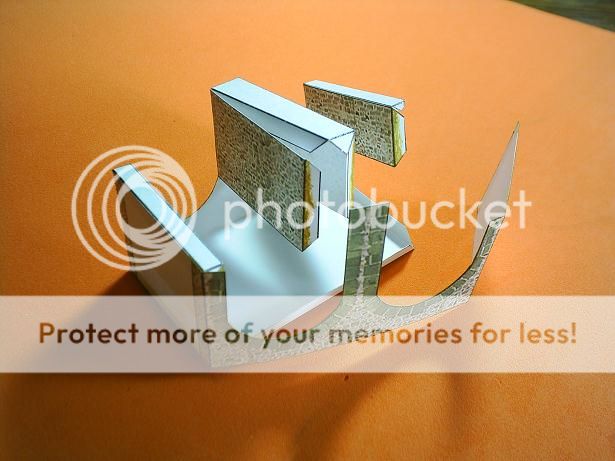

More tomorrow...
More Roman Castrum related posts:
Roman Castrum In Romania - by Papermau - First Part
Roman Castrum In Romania - by Papermau - Second Part
Roman Castrum In Romania - by Papermau - Some Advances
Roman Castrum In Romania - by Papermau - Templates Done
Marcadores:
architecture,
building,
diorama,
exclusive,
history,
papercraft,
papermodel,
roman,
romanian
Dinosaur Papercraft - Apatosaurus - by Canon - Apatossauro - Dinossauro De Papel
| Artistic Interpretation Of An Apatosaurus |
| Apatosaurus`Skeleton At Carnegie Museum Of Natural History - USA |
| Apatosaurus At Chicago Field Museum - Photo by Joe May |
Link: Dinosaur.Papercraft.Apatosaurus.by.Canon
More Dinosaurs related posts:
Dinosaur Papercraft - Supersaurus - by Canon - Superssauro - Dinossauro De Papel
Dinosaur Papercraft - Stegosaurs - by Canon - Estegossauro - Dinossauro De Papel
Tiranossaurus Rex Fossil - by Paperm-Japan
Marcadores:
dinosaurs,
download,
papercraft,
papermodel,
science
Japanese Classic Building - by Akafuku - Construção Clássica Japonesa
A beautiful model of a traditional Japanese building, by Akafuku.
um belo modelo de construção tradicional japonesa, do site Akafuku.
Link: Japanese.Classic.Building.by.Akafuku
More Japanese Traditional Architecture and Buildings:
Japanese Pagoda - by Otonchin.Soreccha.JP - Pagode Japonês
Sento - Japanese Bath House - by 222.Co - Casa De Banho Japonesa
Takadono Tatara - Old Steel Industry - by Sugatani
Marcadores:
architecture,
building,
download,
japanese,
papercraft,
papermodel
Living Room Papercraft - by Best Paper Models - Sala De Estar Escala 1/15
Link: Living.Room.Papercraft.by.Best.Paper.Models
More Furniture related posts:
Vintage House Paper Model With Furniture - via Casita De Papel
Doll Houses With Furniture - by Kids.Goo.Ne.Jp - Casas De Bonecas
Vintage Paper Dolls And Furniture - by Doll House Paper
Marcadores:
1/15 scale,
diorama,
download,
furniture,
italian,
kids,
papercraft,
papermodel
Warhammer Buildings Paper Models - by Dralair - Casa Para RPG Games
Nice buildings with a old school style, by Dralair. Great for dioramas, train sets and RPG games.
Construções bem legais com um visual antigo, by Dralair. Perfeitas para dioramas, maquetes ferroviárias ou jogos de RPG.
Link: Warhammer.Buildings.Paper.Models.by.Dralair
More RPG related posts:
Six Medieval Churches - by Norbtach - Seis Igrejas Medievais
Table Top RPG Games - by Zio Prudencio - Jogos de RPG
Buildings For RPG Games - by GHQ Models
Marcadores:
architecture,
building,
diorama,
download,
game,
papercraft,
papermodel,
rpg game
Thursday, January 5, 2012
Roman Castrum In Romania - by Papermau - Templates Done
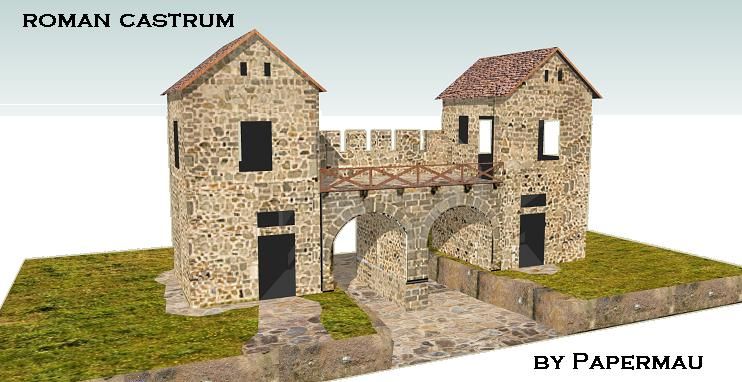 Here are the templates (6 sheets) of Roman Castrum In Romania. The scale is something close to HO scale. Now I'll do the test-build and during the process I will post some photos with the various stages of assembly.
Here are the templates (6 sheets) of Roman Castrum In Romania. The scale is something close to HO scale. Now I'll do the test-build and during the process I will post some photos with the various stages of assembly.Eis as pranchas de montagem (6 folhas) do Roman Castrum In Romania. A escala é algo aproximado à escala HO. Agora irei fazer construir um modelo de teste e durante o processo irei postando as fotos das várias fases da montagem.
A castrum was a fortified military building by the ancient Romans, sometimes reconstructed. This model is freely based in a gate entrance located at Porolissum, an ancient Roman city in Dacia, Romania.
Um castrum era uma espécie de fortificação construída pela antiga civilização Romana, Muitas vezes ela era recontruída, de acordo com as necessidades militares imediatas dos romanos. Este modelo é baseado livremente no portão de entrada de uma dessas fortalezas, localizado em Porolissum, uma antiga ocupação romana em Dacia, na Romênia.
More Roman Castrum related posts:
Roman Castrum In Romania - by Papermau - First Part
Roman Castrum In Romania - by Papermau - Second Part
Roman Castrum In Romania - by Papermau - Some Advances
Marcadores:
architecture,
building,
diorama,
exclusive,
papercraft,
papermodel,
roman,
romanian
Subscribe to:
Comments (Atom)

